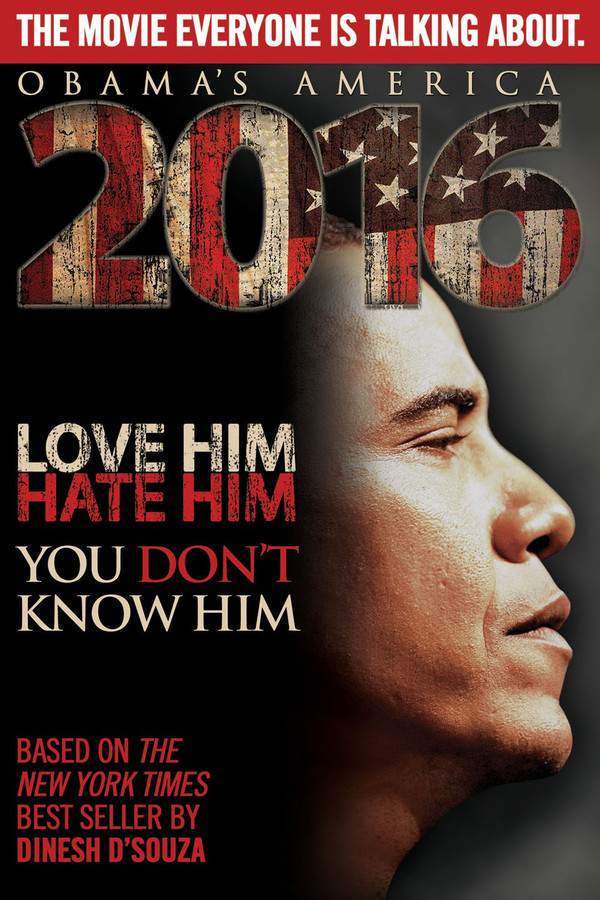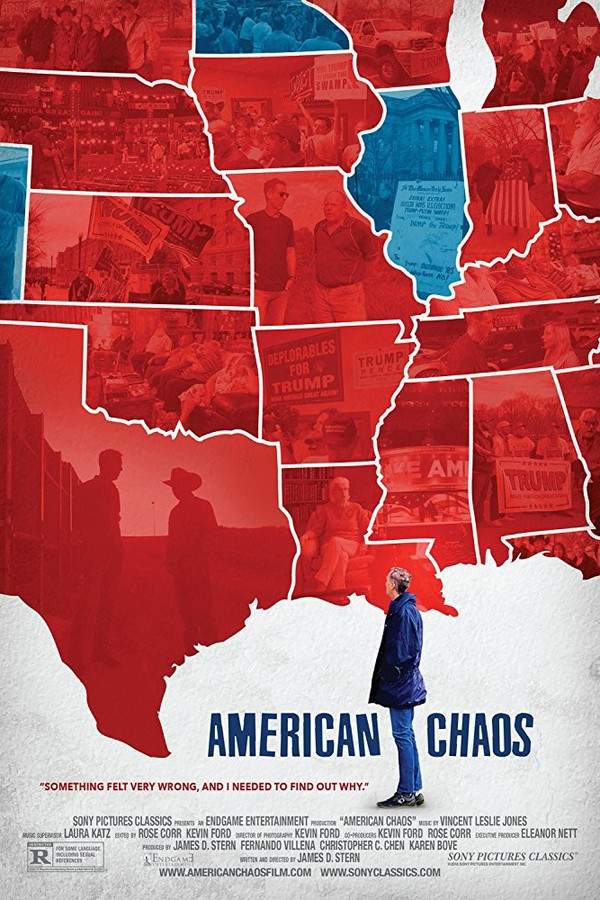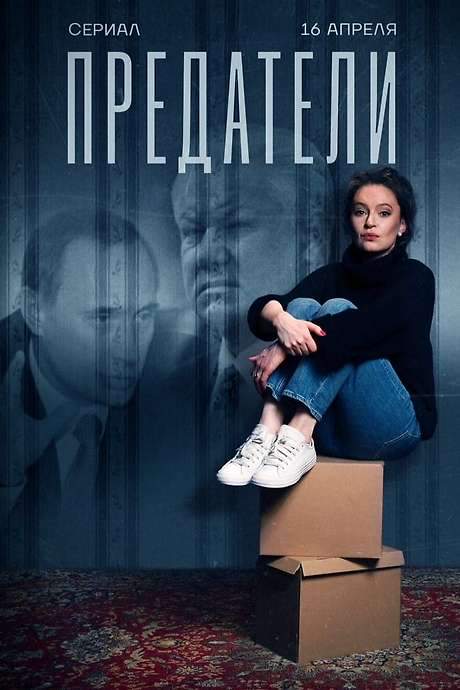Active Measures 2018
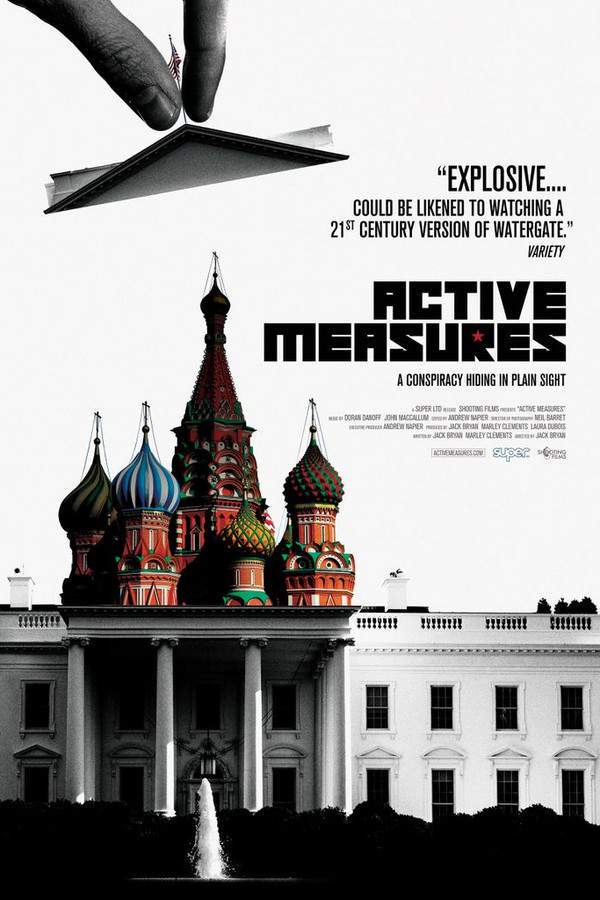
This documentary explores the surprising connection between Donald Trump and Vladimir Putin, revealing how they were linked by covert Soviet-era manipulation techniques. Through expert analysis, the film exposes a complex network of election interference and global influence operations. It examines the insidious reach of modern warfare and its profound effect on the 2016 U.S. Presidential Election, shedding light on the tactics employed and their far-reaching consequences.
Does Active Measures have end credit scenes?
No!
Active Measures does not have end credit scenes. You can leave when the credits roll.
Meet the Full Cast and Actors of Active Measures
Explore the complete cast of Active Measures, including both lead and supporting actors. Learn who plays each character, discover their past roles and achievements, and find out what makes this ensemble cast stand out in the world of film and television.
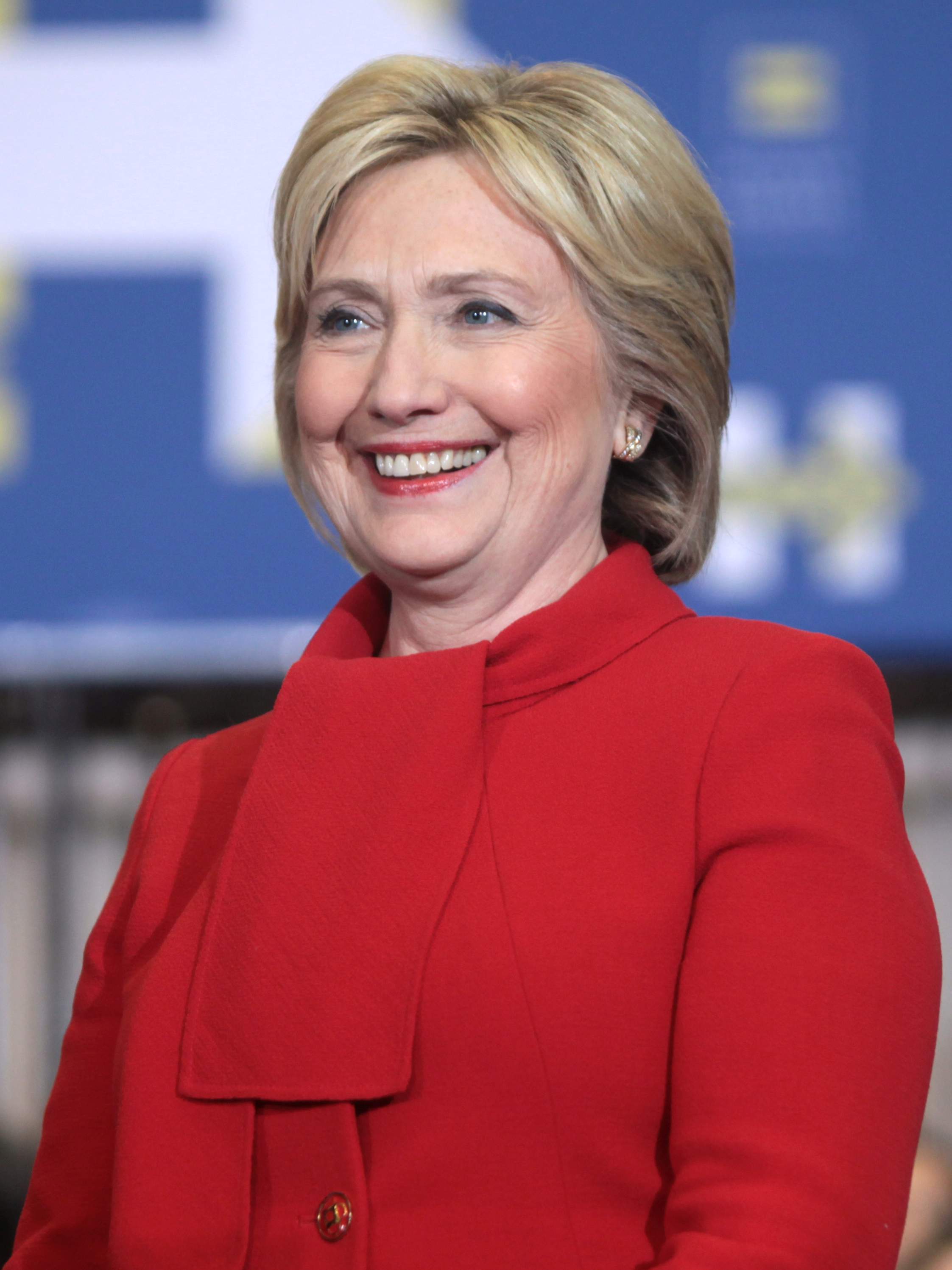
Hillary Rodham Clinton
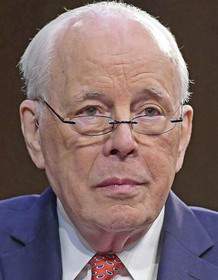
John Dean
Self - White House Counsel to President Nixon, 1970-1973
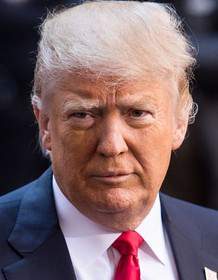
Donald Trump
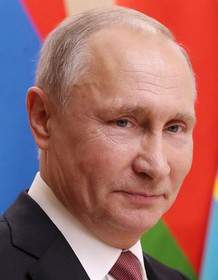
Vladimir Putin
Self - President of Russia

Alexandra Chalupa
Self - DNC Consultant

Dan Fried
Self - Assistant Secretary of State for European and Eurasian Affairs, 2005-2009

Heather Conley
Self - Author, Kremlin Playbook, Center for Strategic and International Studies

Jeremy Bash
Self - CIA Chief of Staff, 2009-2011, Pentagon Chief of Staff, 2011-2013

John McCain
Self - (R-AZ) Senate Armed Services Committee

John Podesta

Michael McFaul
Self - U.S. Ambassador to Russia, 2012-2014

Nina Burleigh
Self - Journalist and Newsweek Correspondent

Richard Fontaine
Self - President, Center for New American Security

Scott Horton
Self - International Law and Human Rights Attorney, Columbia Law School

Sheldon Whitehouse

Steven Hall
Self - CIA Chief of Russia Operations, 1985-2013
External Links and Streaming Options
Discover where to watch Active Measures online, including streaming platforms, rental options, and official sources. Compare reviews, ratings, and in-depth movie information across sites like IMDb, TMDb, Wikipedia or Rotten Tomatoes.
Ratings and Reviews for Active Measures
See how Active Measures is rated across major platforms like IMDb, Metacritic, and TMDb. Compare audience scores and critic reviews to understand where Active Measures stands among top-rated movies in its genre.

The Movie Echo Score
Active Measures presents a well‐researched examination of the Trump‐Russia saga that is undermined by an overly dense delivery. It draws on a vast array of archival material and expert testimony to build a detailed narrative of alleged collusion. The director’s zealous pacing and cluttered graphics sometimes overwhelm the viewer, making it difficult to absorb individual points. While the documentary effectively highlights concerning connections and historical context, the rapid-fire editing and volume of information can feel exhausting. This combination yields a documentary that is informative yet occasionally cumbersome.
The Movie Echo Score Breakdown for Active Measures

Art & Craft
In terms of direction and visual assembly, Active Measures delivers a meticulous but at times overwhelming craft. The director interweaves archival footage, news clips, and graphics to build an investigative framework. Some sequences are skillfully arranged to underscore key revelations, yet the rapid succession of material can appear cluttered and detract from contemplative viewing. The film’s craft is thorough but occasionally overloaded.

Character & Emotion
When it comes to interviewees and emotional engagement, the film offers authoritative voices but limited personal depth. Featuring politicians, diplomats, and analysts, the documentary leverages credible perspectives to frame its thesis. The commentary is clear and incisive, though the lack of personal storytelling limits emotional resonance. Viewers may respect the credentials but not connect deeply with the subjects. The character portrayal is informative yet emotionally restrained.

Story & Flow
In terms of narrative flow, Active Measures presents a comprehensive but uneven structure. The film compiles historical timelines and expert analysis to trace alleged Russian influence, yet the heavy reliance on rapid‐fire facts and dates can impede clarity. Pacing shifts between exposition and commentary create moments of disjointed progression. The overall story conveys depth but sacrifices coherence at times. The storytelling is detailed but occasionally fragmentary.

Sensory Experience
Regarding visual and auditory design, the documentary oscillates between impactful and intrusive elements. Archival footage, news excerpts, and dynamic graphics are used to dramatic effect, while background music sometimes feels incongruous. Some editing choices amplify tension, but inconsistent audio levels and varying clip quality can distract the viewer. The overall sensory approach is potent yet occasionally jarring. The sensory experience is engaging but at times uneven.

Rewatch Factor
When considering rewatch value, Active Measures offers informative content but limited revisit appeal. Its thorough documentation and layered historical context provide substantive insight on initial viewing. However, the rapid delivery of facts and minimal narrative surprises reduce fresh discoveries on subsequent viewings. Viewers may appreciate reference value but are unlikely to revisit it frequently. The rewatch factor is practical yet modest. The film informs more than it invites repeated engagement.

68
Metascore
7.5
User Score


81%
TOMATOMETER

85%
User Score

7.7 /10
IMDb Rating

74
%
User Score

3.6
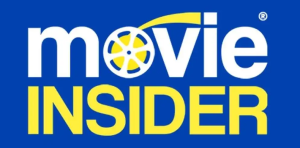
3.00/5
From 3 fan ratings
Take the Ultimate Active Measures Movie Quiz
Challenge your knowledge of Active Measures with this fun and interactive movie quiz. Test yourself on key plot points, iconic characters, hidden details, and memorable moments to see how well you really know the film.
Active Measures Quiz: Test your knowledge on the documentary 'Active Measures' and the life of Vladimir Putin.
What does the documentary 'Active Measures' primarily explore?
Vladimir Putin's life and influence on international politics
The history of the KGB
The influence of Russian oligarchs on the stock market
Life in modern Russia
Show hint
Full Plot Summary and Ending Explained for Active Measures
Read the complete plot summary of Active Measures, including all major events, twists, and the full ending explained in detail. Explore key characters, themes, hidden meanings, and everything you need to understand the story from beginning to end.
The film Active Measures delves into the political warfare tactics employed by Russian intelligence agencies, encapsulated in the term “active measures.” Directed by Jack Bryan, the documentary opens by chronicling the turbulent past of Vladimir Putin, recounting an extraordinary incident where his father, Vladimir Spiridonovich Putin, narrowly saved his mother from a mistaken death during World War II. As described by Hillary Clinton, this moment symbolizes Putin’s ideologies as he views himself as “literally pulling the body of Russia out of the pile—the dust bin of history.”
As the documentary progresses, it dissects Putin’s early career in the KGB at just 22 years old. While he asserts he merely gathered press clippings in Leningrad and Dresden, the film contradicts this by revealing his actual role involved protecting covert Russian spies in the U.S. and implementing active measures to sway American policymaking. The film identifies some notable spies, including Jack Barsky, Andrew Daulton Lee, and Karl Koecher.
Moreover, Putin’s political ascent is examined, highlighting the connections he formed in St. Petersburg amid rampant organized crime and corruption during the 90s. There are serious allegations regarding the September 1999 apartment bombings, suggested to be false flags orchestrated by the FSB—an organization that Putin led—to bolster his impending Presidential campaign that he declared just weeks later.
The documentary scrutinizes Putin’s war against democracy and dissent, detailing his ruthless approach toward oligarchs, many of whom were exiled, disappeared, or coerced into compliance. He surrounds himself with a network of former intelligence and security officials to maintain control over key economic assets.
The film introduces Donald Trump during his financial struggles and suggests that Trump Tower and the Trump Casino were potential fronts for money laundering, providing a conduit for untraceable funds. This connection to Russian organized crime is further underscored as intricate ties develop between Trump and figures of the notorious Mogilevich crime family.
The narrative transitions to explore escalating tensions during Putin’s governance, specifically addressing the 2007 cyberattack on Estonia, and the subsequent invasion of Georgia in 2008, tying these events to broader Russian strategic interests. The documentary also tracks Russian interference in Ukraine and parallels between political disinformation campaigns targeting leaders like Yulia Tymoshenko and Mikheil Saakashvili.
As the focus sharpens, Putin’s methods of manipulation through propaganda, cyber attacks, and the use of spies are laid bare. The film presents insights from James Woolsey, suggesting a significant presence of Russian intelligence agents within the US. The connection to Trump’s business dealings becomes crucial as warnings emerge about the influence of Deutsche Bank, known for its extensive ties to Russian financial operations.
Key moments include Trump’s questionable affiliations, including a 2013 Miss Universe Pageant held in Moscow, and deteriorating relationships leading to hacked emails during the 2016 campaign. The fallout from this breach reveals favoritism towards Clinton from within the DNC, while insidious conspiracy theories like Pizzagate sprout from Russian-backed disinformation campaigns, further manipulating U.S. voters.
The documentary poses an urgent assertion that Russian active measures are not a relic of the past but are ongoing, expertly crafted campaigns that have indelibly altered the political landscape. In a powerful conclusion, it suggests that these tactics will continue to destabilize democracies worldwide.
Uncover the Details: Timeline, Characters, Themes, and Beyond!

Coming soon on iOS and Android
The Plot Explained Mobile App
From blockbusters to hidden gems — dive into movie stories anytime, anywhere. Save your favorites, discover plots faster, and never miss a twist again.
Sign up to be the first to know when we launch. Your email stays private — always.
Watch Trailers, Clips & Behind-the-Scenes for Active Measures
Watch official trailers, exclusive clips, cast interviews, and behind-the-scenes footage from Active Measures. Dive deeper into the making of the film, its standout moments, and key production insights.
Active Measures Themes and Keywords
Discover the central themes, ideas, and keywords that define the movie’s story, tone, and message. Analyze the film’s deeper meanings, genre influences, and recurring concepts.
Active Measures Other Names and Titles
Explore the various alternative titles, translations, and other names used for Active Measures across different regions and languages. Understand how the film is marketed and recognized worldwide.
Similar Movies To Active Measures You Should Know About
Browse a curated list of movies similar in genre, tone, characters, or story structure. Discover new titles like the one you're watching, perfect for fans of related plots, vibes, or cinematic styles.
Quick Links: Summary, Cast, Ratings, More

What's After the Movie?
Not sure whether to stay after the credits? Find out!
Explore Our Movie Platform
New Movie Releases (2026)
Famous Movie Actors
Top Film Production Studios
Movie Plot Summaries & Endings
Major Movie Awards & Winners
Best Concert Films & Music Documentaries
Movie Collections and Curated Lists
© 2026 What's After the Movie. All rights reserved.














